Some of Christchurch’s environmental leaders gathered in August 2022 to discuss the critical issues facing our environment in preparation for local elections. Mayoral Candidate David Meates was the special guest. Stories were told of groups around Banks Peninsula and Christchurch working to regenerate the hills, valleys and streams. For example over twenty groups are working […]
Chatham Petrel – good news research story
Good news story: In a just published paper the Chatham petrel (Pterodroma axillaris) status has improved from a critically low 200-400 in 1990 to around 1400 birds (2010). I’ve watched the various techniques used in this effort while conducting my own research (Roberts et al 2007) over the last 12 years on the effects of burrowing seabirds on forest regeneration on Rangatira Island.
Employed in saving the Chatham petrel were ingenious methods such as neoprene flaps to keep prions out of burrow boxes, solar panel driven calling posts to attract petrels into artificial nests and ‘petrel boards’ which everyone working on the island had to wear on their feet. Rangatria Island, Chatham Islands has 3 million burrowing seabirds and is so heavily burrowed that walking anywhere except on designated tracks meant a high probability of crashing through the fragile soil into burrows containing birds and their chicks.
Here’s the link to the paper by Gummer, H. et al in Global Ecology and Conservation 3 (2015) 310-323 http://authors.elsevier.com/a/1QOn-8MnyrYNae
Roberts, C.M., Duncan, R.P., Wilson, K.-J., 2007. Burrowing seabirds affect forest regeneration, Rangatira Island, Chatham Islands, New Zealand. NZ. J. Ecol. 31, 208–222.
- My 2013 research team on petrel boards
- heavily burrowed forest floor
- Looking toward Pitt Island from Rangatira Trig
- Rangatira Island famous for the recovery of Black robin
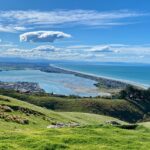
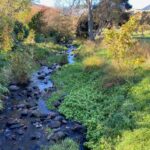
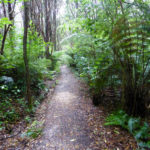
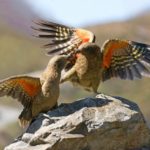


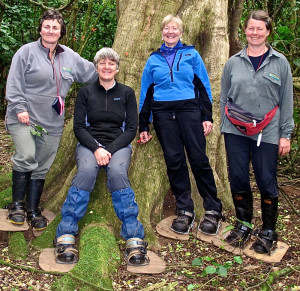

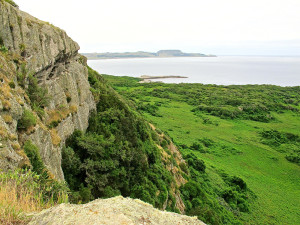
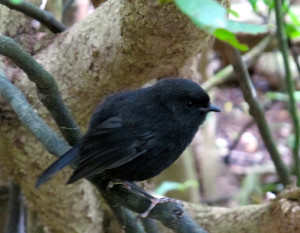
Leave a Reply